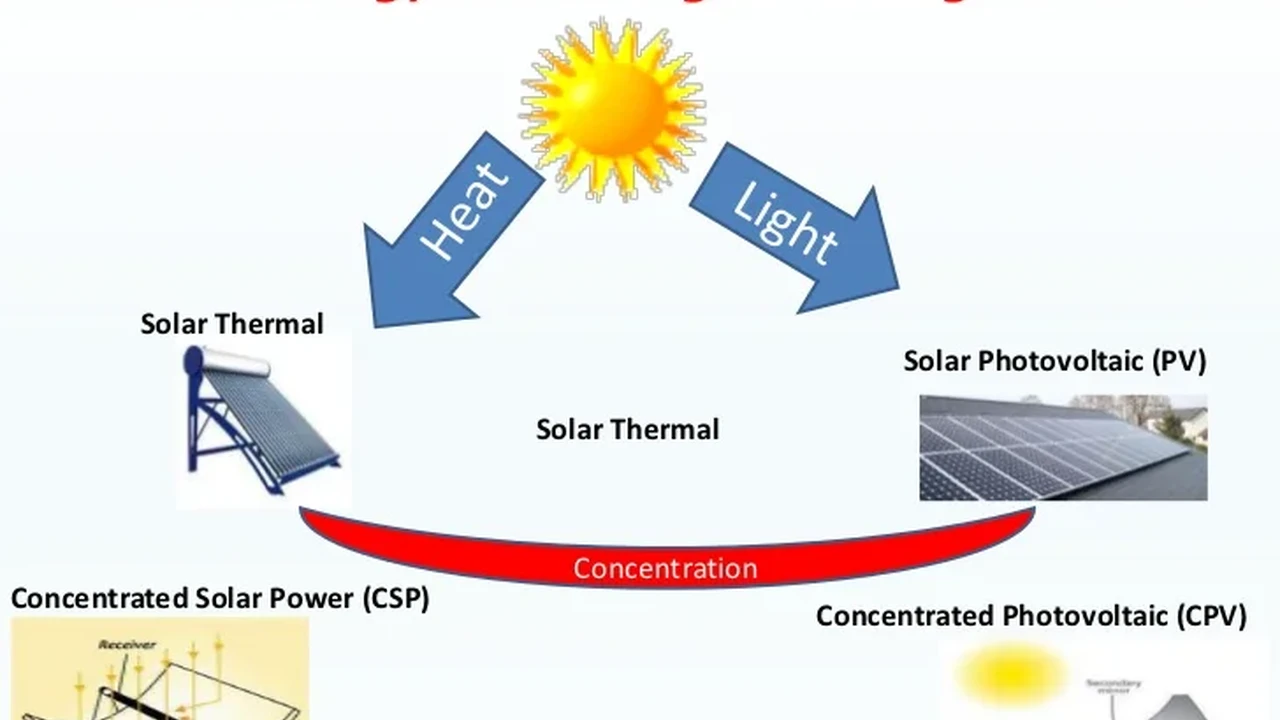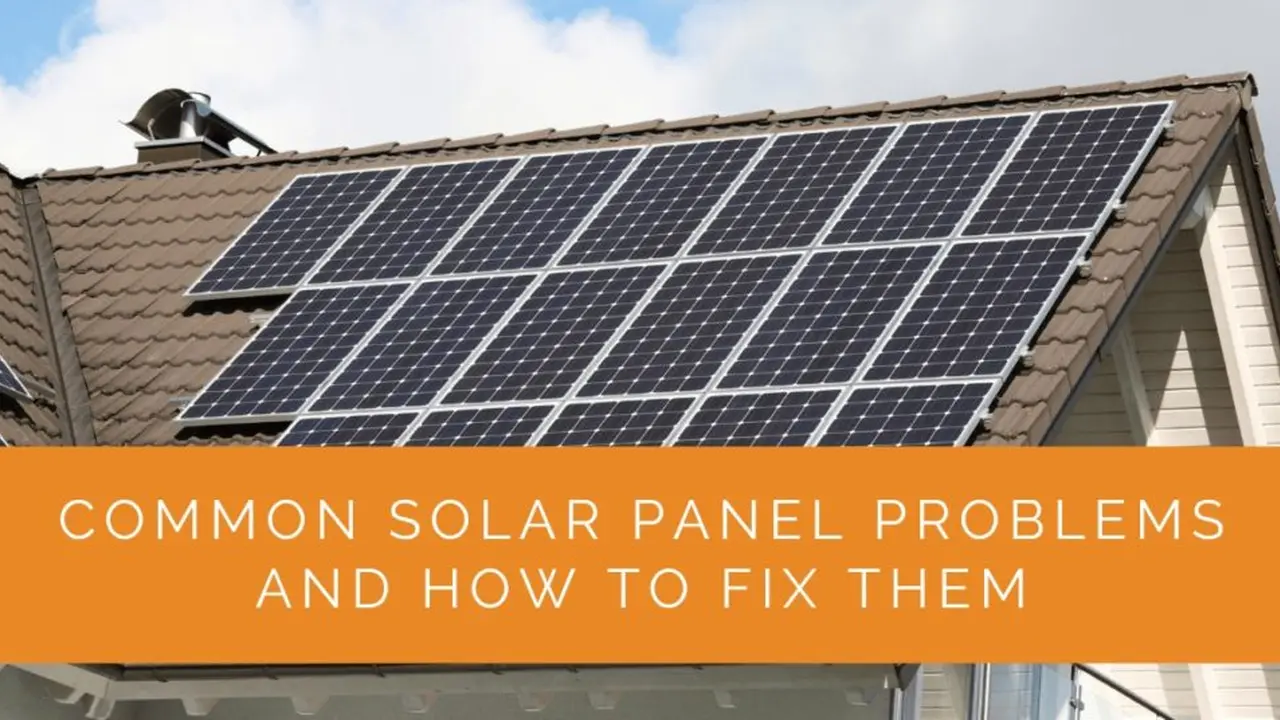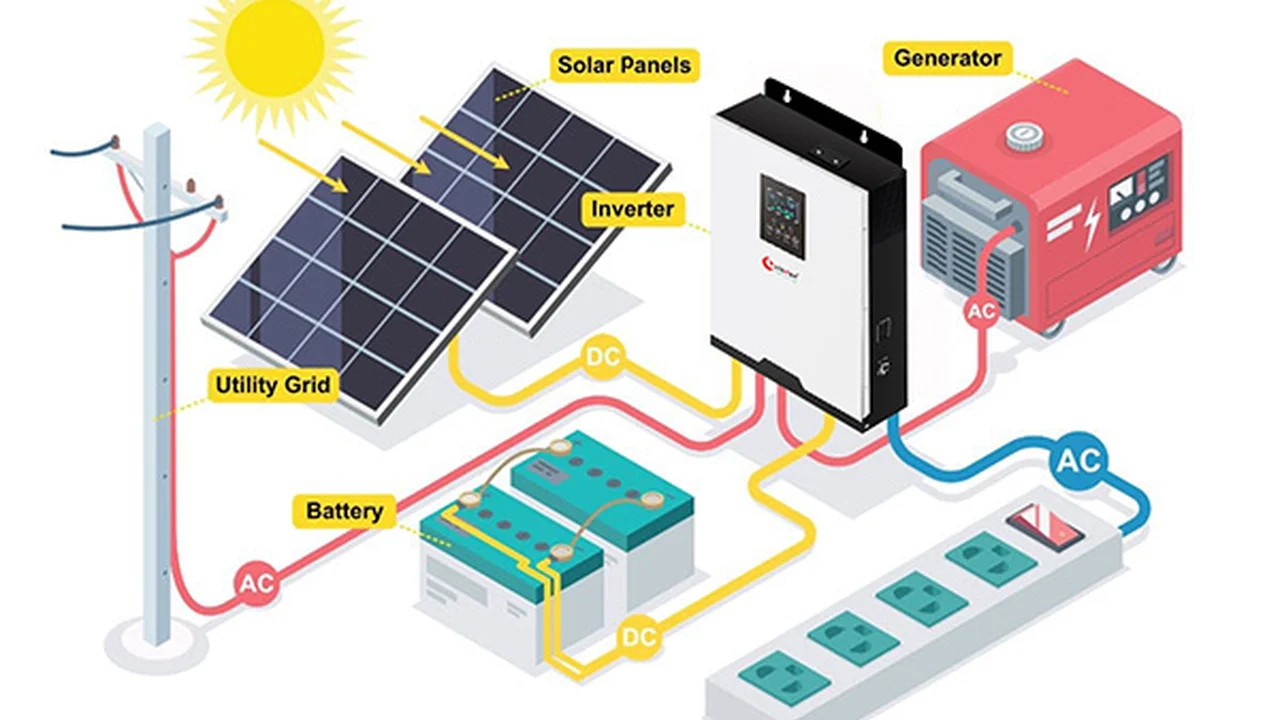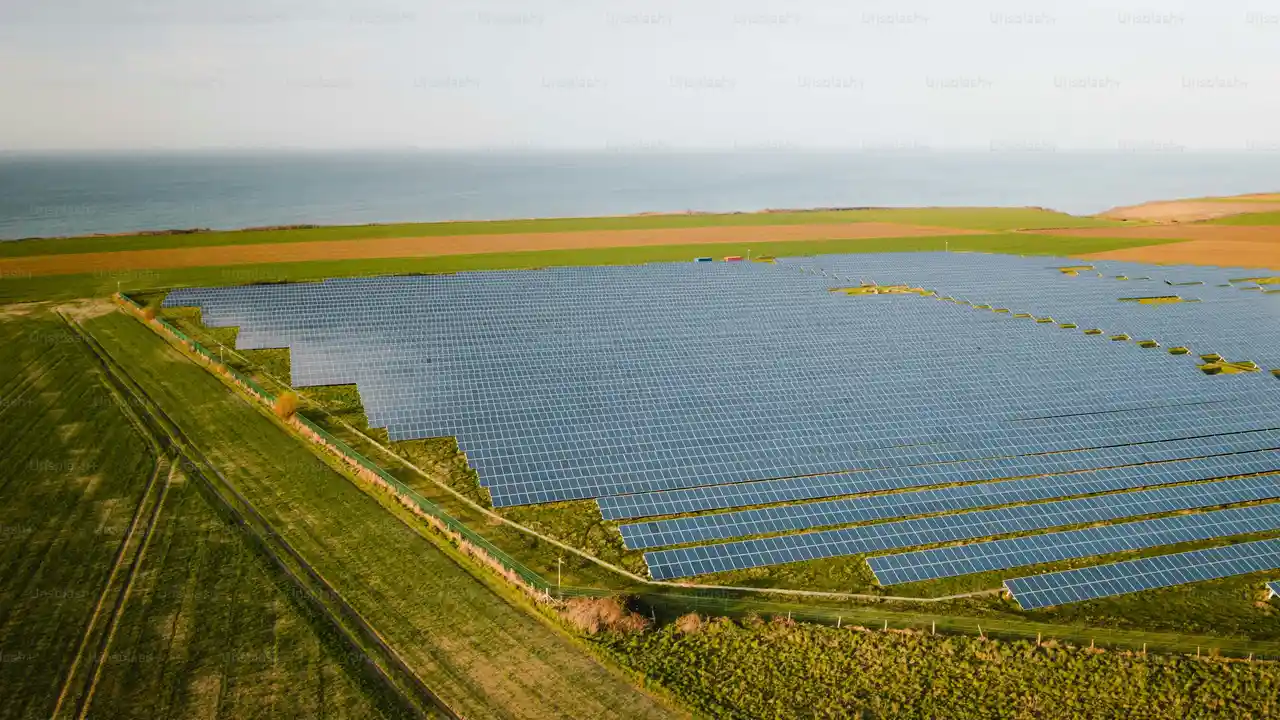Solar Panel and Concentrated Solar Power: Harnessing Heat

Understanding Concentrated Solar Power Technology and Innovation
Alright, let's dive into Concentrated Solar Power (CSP). Forget those sleek solar panels on your neighbor's roof for a minute. CSP is a different beast altogether. Instead of directly converting sunlight into electricity, CSP plants use mirrors to focus a large area of sunlight onto a small receiver. Think of it like using a magnifying glass to burn ants, but on a massive scale and for a much better purpose – generating power! This focused sunlight heats a working fluid, which then drives a turbine to produce electricity. It's a more roundabout way than photovoltaics (PV), but it has some serious advantages.
CSP vs Photovoltaics A Detailed Comparison for Energy Solutions
So, why bother with CSP when PV is so popular? Well, CSP has a key trick up its sleeve: thermal energy storage. PV systems only generate electricity when the sun is shining. CSP plants, on the other hand, can store the heat they generate during the day in massive tanks of molten salt. This allows them to continue generating electricity even after the sun goes down, providing a more consistent and reliable power supply. Imagine a sunny day storing up power to use all night long! That's the CSP advantage. However, CSP plants are typically much larger and more complex than PV installations, requiring significant land and water resources. They also tend to be more expensive to build upfront. So, it really depends on the specific needs and resources available.
Different Types of Concentrated Solar Power Systems Exploring the Options
CSP isn't a one-size-fits-all technology. There are several different types of CSP systems, each with its own pros and cons. Let's break them down:
Parabolic Trough Systems: The Workhorse of CSP
Parabolic trough systems are the most widely used type of CSP technology. They use long, curved mirrors to focus sunlight onto a receiver tube running along the focal line of the trough. These troughs track the sun throughout the day, maximizing the amount of sunlight focused on the receiver. The heat transfer fluid inside the tube is typically oil, which is then used to generate steam and drive a turbine. They are relatively mature and well-understood, making them a reliable choice for large-scale power generation.
Solar Power Tower Systems: Reaching for the Sky
Solar power tower systems use a field of mirrors, called heliostats, to focus sunlight onto a central receiver located on top of a tall tower. The receiver typically contains water or molten salt, which is heated to high temperatures. These systems can achieve higher temperatures than parabolic trough systems, leading to greater efficiency. They also offer better scalability for very large power plants. However, they require more precise control and are more susceptible to weather conditions like wind.
Dish-Stirling Systems: Small-Scale Power with Big Potential
Dish-Stirling systems use a parabolic dish to focus sunlight onto a Stirling engine. The Stirling engine converts the heat directly into mechanical energy, which is then used to generate electricity. These systems are typically smaller than parabolic trough or solar power tower systems, making them suitable for distributed power generation or remote locations. They offer high efficiency but can be more complex and expensive than other CSP technologies.
Real-World Applications and Use Cases for CSP Technologies
Where are these CSP plants actually being used? You'll find them in sunny regions around the world, particularly in the southwestern United States, Spain, and North Africa. These areas have abundant sunshine and large tracts of land, making them ideal for CSP development. CSP plants are typically used to generate electricity for the grid, but they can also be used for industrial process heat or desalination.
Product Recommendations and Pricing Considerations for CSP Components
Okay, let's get down to some specific product recommendations. Since you're building a news site, it's more likely you'd be reporting on components rather than buying a whole CSP plant! Let's focus on key components:
Heliostats: The Sun-Tracking Mirrors
Heliostats are crucial for solar power tower systems. These mirrors need to be highly reflective, durable, and able to accurately track the sun throughout the day. Companies like Rioglass Solar offer high-performance heliostat mirrors designed for CSP applications. Their mirrors boast high reflectivity (over 95%) and are designed to withstand harsh weather conditions. A single heliostat can cost anywhere from $5,000 to $20,000 depending on size and features. The control systems for these heliostats are also critical. Companies like Abengoa Solar (though they've had some financial restructuring) are known for their advanced heliostat control systems, ensuring precise sun tracking and optimal energy capture.
Receiver Tubes: Capturing the Heat
Receiver tubes are the heart of parabolic trough systems. They need to be able to withstand high temperatures and pressures while efficiently transferring heat to the working fluid. Schott is a leading manufacturer of receiver tubes for CSP plants. Their tubes are made from high-quality glass and have a selective coating that maximizes solar absorption and minimizes heat loss. Expect to pay around $500 to $1500 per meter for these tubes, depending on the specific requirements.
Molten Salt Storage Tanks: Storing Energy for Later
Molten salt storage is a game-changer for CSP. It allows plants to generate electricity even when the sun isn't shining. Companies like Babcock & Wilcox offer complete molten salt storage solutions, including the tanks, pumps, and control systems. The cost of a molten salt storage system can vary widely depending on the size and capacity, but it can easily run into the millions of dollars for a large-scale plant.
Comparing Different CSP Products and Their Performance Metrics
When comparing CSP products, it's important to consider several key performance metrics:
Reflectivity: Maximizing Sunlight Capture
For heliostats and mirrors, reflectivity is paramount. A higher reflectivity means more sunlight is focused on the receiver, leading to greater energy production. Look for products with reflectivity ratings of 95% or higher.
Thermal Efficiency: Converting Heat to Electricity
Thermal efficiency measures how effectively the heat captured by the receiver is converted into electricity. Higher thermal efficiency means less heat is lost, resulting in greater overall efficiency. CSP plants typically have thermal efficiencies ranging from 30% to 40%.
Storage Capacity: Extending Power Generation
For molten salt storage systems, storage capacity is a critical factor. A larger storage capacity allows the plant to generate electricity for longer periods of time, providing a more reliable power supply. Storage capacities are typically measured in hours.
Durability and Reliability: Ensuring Long-Term Performance
CSP components are exposed to harsh environmental conditions, so durability and reliability are essential. Look for products that are designed to withstand high temperatures, wind, and other environmental factors. Reputable manufacturers will offer warranties and guarantees on their products.
The Future of Concentrated Solar Power Technology and Innovation
CSP is constantly evolving, with ongoing research and development focused on improving efficiency, reducing costs, and expanding applications. One area of focus is advanced heat transfer fluids, which can operate at higher temperatures and improve thermal efficiency. Another area is the development of new storage technologies, such as thermochemical storage, which can store energy for even longer periods of time. CSP is also being integrated with other renewable energy sources, such as wind and solar PV, to create hybrid power plants that provide a more reliable and sustainable energy supply. The future looks bright for CSP, especially as the world transitions to a cleaner energy future.
:max_bytes(150000):strip_icc()/277019-baked-pork-chops-with-cream-of-mushroom-soup-DDMFS-beauty-4x3-BG-7505-5762b731cf30447d9cbbbbbf387beafa.jpg)





